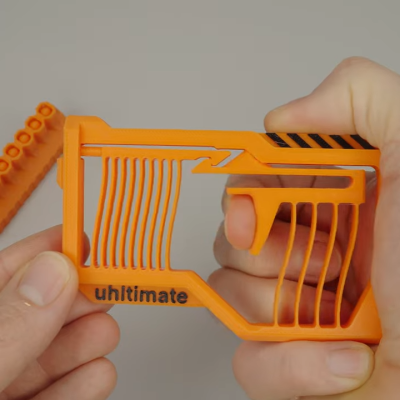LEGO bricks might look simplistic, but did you know there’s an actual science behind their sizes? Enter LDUs — LEGO Draw Units — the minuscule measurement standard that allows those tiny interlocking pieces to fit together seamlessly. In a recent video [Brick Sculpt] breaks down this fascinating topic.
So, what is an LDU precisely? It’s the smallest incremental size used to define LEGO’s dimensions. For context, a standard LEGO brick is 20 LDUs wide, and a single plate is 8 LDUs tall. Intriguingly, through clever combinations of headlight bricks, jumper plates, and even rare Minifig neck brackets, builders can achieve offsets as tiny as 1 LDU! That’s the secret sauce behind those impossibly detailed LEGO creations.
We already knew that LEGO is far more than a toy, but this solidifies that theory. It’s a means of constructing for anyone with an open mind – on its own scale. The video below explains in detail how to achieve every dimension possible. If that inspires you to build anything, dive into these articles and see if you can build upon this discovery!
Continue reading “LDU Decoded: The Untold Tale Of LEGO Dimensions”


















